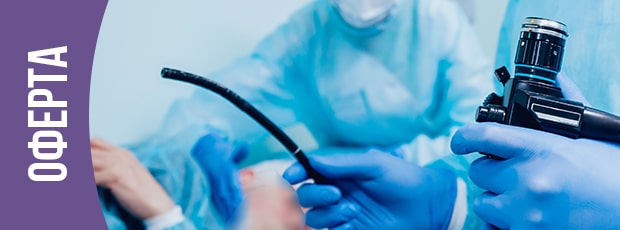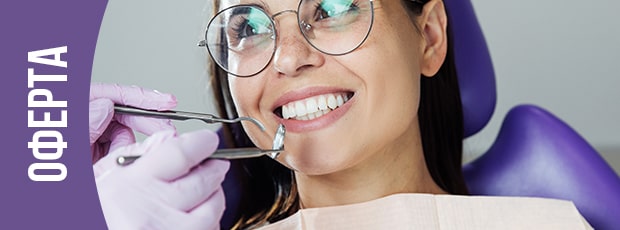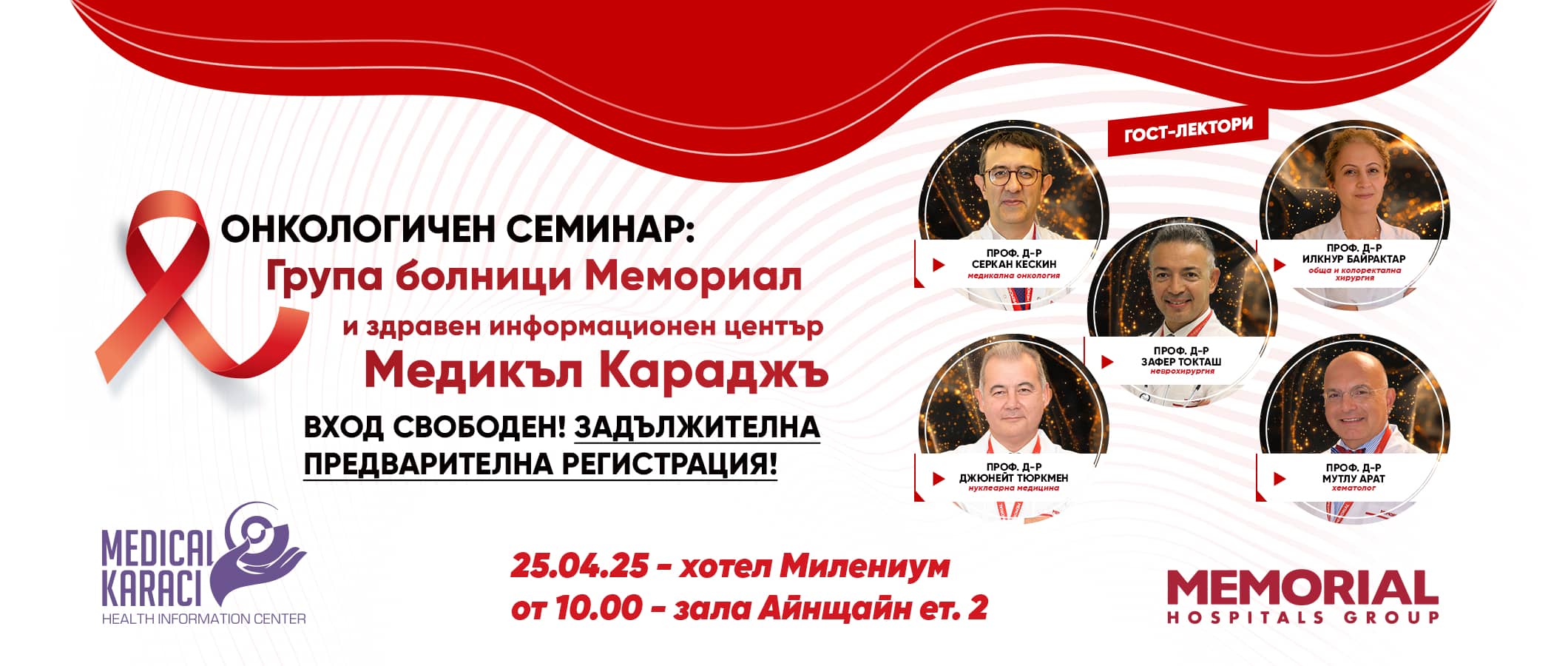Facial implant placement is a procedure that uses synthetic materials, such as silicone, to provide aesthetic definition to the face and is usually performed on the patient's chin, cheeks, and/or jawline. A facial implant is designed to add structure and balance to the face. The implant is placed in a "pocket" made in the facial tissue.
Which patients are not suitable for facial implants?
- Patients who smoke may not be suitable for this procedure
- Patients with various health problems.
- Patients with unrealistic expectations about their procedure.
Chin
Depending on the patient and the type of procedure performed, local or general anesthesia is used. The surgeon will decide which to use based on the patient's needs.
Incisions are made in the mouth, lower lip or under the chin.
The place is closed with threads. In addition, there may be bandaging or taping of the area.
Scully
Depending on the patient and the type of procedure performed, local or general anesthesia is used. The surgeon will decide which to use based on the patient's needs.
Incisions are made in the mouth, on the upper lip or on the lower eyelid.
The place is closed with threads. In addition, there may be bandaging or taping of the area.
Jaw
Depending on the patient and the type of procedure performed, local or general anesthesia is used. The surgeon will decide which to use based on the patient's needs.
Incisions are made in the lower lip or mouth.
The place is closed with threads. In addition, there may be bandaging or taping of the area.
Recovery
The recovery phase after facial implant placement varies from patient to patient. Most patients can return to work in 1-2 weeks. Additional healing changes can occur in 6-12 weeks.
Changes are noticeable almost immediately, but the final result will be visible once any swelling and bruising has disappeared.
The person's movements may be temporarily restricted and it is important to avoid pressure or contact with the surgical site during the recovery phase. Usually dissolvable sutures are used, otherwise sutures are removed within 2 weeks after the procedure.








